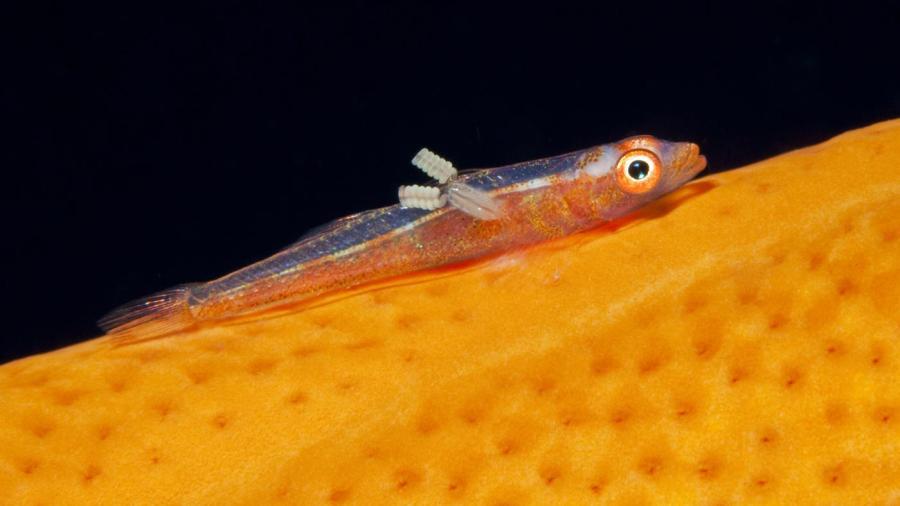What Are the Three Types of Symbiotic Relationships?

Three types of symbiotic relationships are mutualism, commensalism and parasitism. In symbiosis, at least one member of the pair benefits from the relationship, while the host may also benefit, may be unaffected or may be harmed.
Within a mutualistic relationship, both organisms benefit from the symbiotic pairing. The relationship between zebras and oxpecker birds is mutualistic. The oxpecker removes ticks and other parasitic organisms from the zebra’s skin. The oxpecker is provided with food, while the zebra is provided with a form of pest control.
Commensalism is a symbiotic relationship where one organism consumes the unused food of another, but does no harm to its host. An example of commensalism is the remora fish and a shark. The remora fish forms a temporary attachment to the shark and picks up food scraps when the shark feeds. The shark is not harmed but also receives no benefit from the relationship.
During parasitism, the parasitic organism lives on or within its host to secure nourishment. In a parasitic relationship, some harm is done to the host organism. Animal parasites include viruses, bacteria, tapeworms, fleas, lice and mites.





